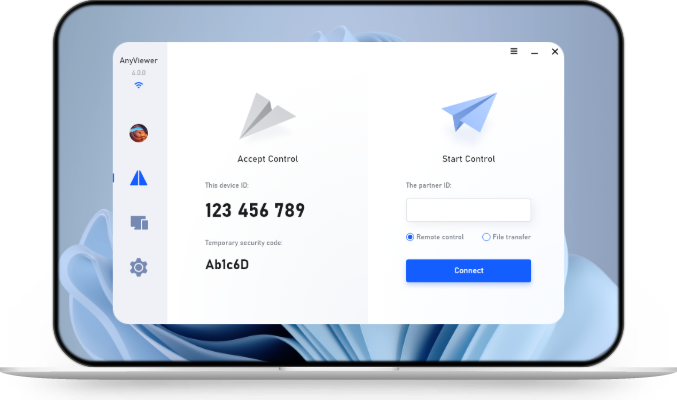RDP vs MSTSC: Are They the Same?
Here in this post, we mainly answer the question “RDP vs MSTSC: Are they the same?” as well as provide you with a better way to remotely control a PC.
Are RDP and MSTSC the same?
"Hi, I wish to buy a new laptop with windows 10, I need to communicate with a remote server, now I am using MSTSC and I was told that there is another option, called RDP. I will appreciate knowing if they are the same thing. If not, what are the differences?"
-Question from Technet Forum
RDP vs MSTSC
Is RDP vs MSTSC the same thing? It is not easy to answer this question. We need to see answer this question from different aspects.
What are RDP and MSTSC?
RDP (Remote Desktop Protocol) is the protocol that Remote Desktop Connection uses. Its main role is simply to facilitate communication between the host computer and the client computer.
Mstsc (Microsoft Terminal Services Client) is the name of the file that starts the application. It is a group of services that are related to remote connectivity. It require that an RDP connection be established before they can function.
What are the similarities and differences between RDP and MSTSC?
In essence, RDP and MSTSC are the same. They work hand in hand in order to provide a simple and familiar way of controlling a computer regardless of where it is located.
But they also have differences. Let's see what is the difference between RDP and MSTSC:
- ✍RDP is a protocol while MSTSC is a group of remote accesses services.
- ✍MSTSC uses the RDP to establish communication.
- ✍MSTSC facilitates the functionality while RDP is only concerned with the transmission of the GUI and commands.
AnyViewer: Safely and freely get remote access
Now you must understand the information about RDP vs MSTSC. However, although RDP allows us to remotely access a PC, we have to admit that the RDP exploits are worried by many people and the 2 PCs should be on the same network. So, we recommend a free and safe remote access software-- AnyViewer.
- ★Tips:
- ▶Compared to the Windows built-in feature RDP, AnyViewer is easy-operated and high-responsive and its connection speed of it is impressive.
- ▶It is secured by Elliptic Curve Cryptography (ECC) encryption, which can safeguard the privacy and data of your remote session.
- ▶It won’t be limited to the same LAN, which means you don’t need to perform port forwarding when the 2 devices are not on the same network.
- ▶It suits multiple Windows versions including Windows 10 Home Edition and Windows 7 Standard Edition.
All the benefits of it can give you a better experience. More importantly, it also has client version for iOS. Follow me to operate.
Before you connect:
- Download and install AnyViewer.
- Make sure your network is accessible.
Step 1. Launch AnyViewer on both computers. Go to Log in, and then click Sign up.
Step 2. Fill in the signup information and sign in to this account on the two computers.
Step 3. After that, you can see you successfully logged in to AnyViewer. And 2 devices will automatically be assigned to the account you’ve logged in to.
Step 4. Then, click "Device", choose the PC that will be accessed and choose "One-click control". Then, you are able to take full control of the remote PC with one click.
At last, let's make a simple summary of the advantages of AnyViewer over RDP:
- RDP requires an IP address or computer name to achieve remote connection, while AnyViewer doesn’t.
- RDP requires the two devices to be under the same network, while AnyViewer doesn’t.
- RDP can’t be used to connect to Windows 10 Home edition, while AnyViewer supports any devices running iOS 10.0 or later and multiple Windowsversionson PCs.
Conclusion
RDP vs MSTSC, are they the same as each other? From analyzing them, you must have a thorough understanding of them. If you are worried about the RDP exploits or your 2 devices are not on the same network, you can resort to an efficient and free remote access software, such as AnyViewer.

